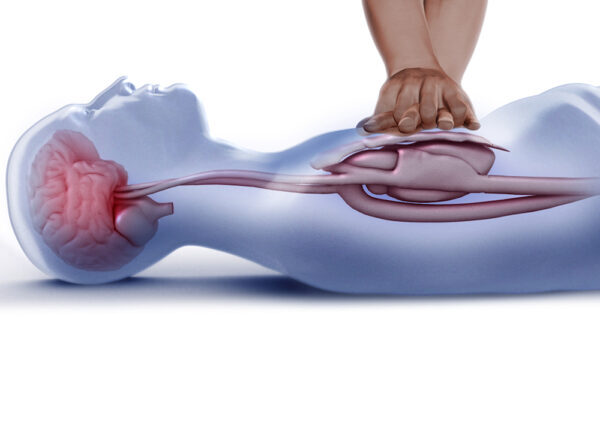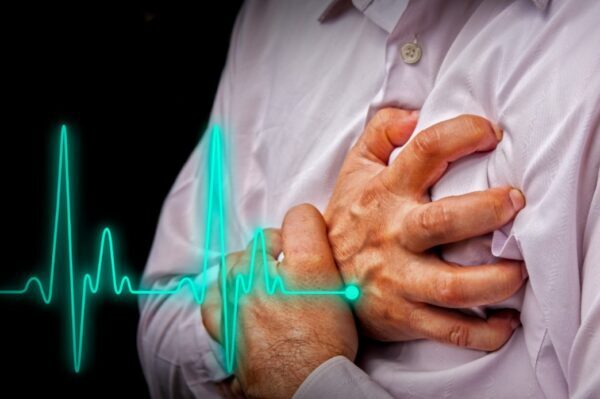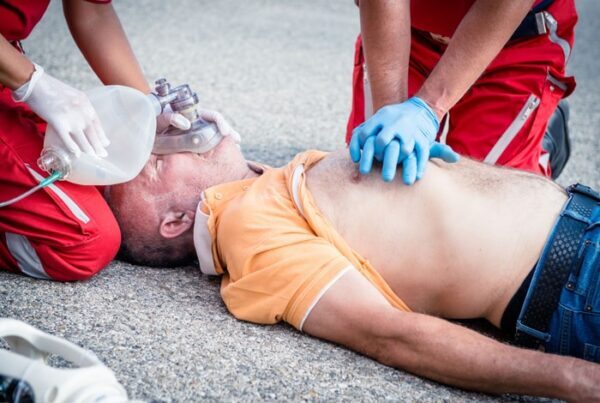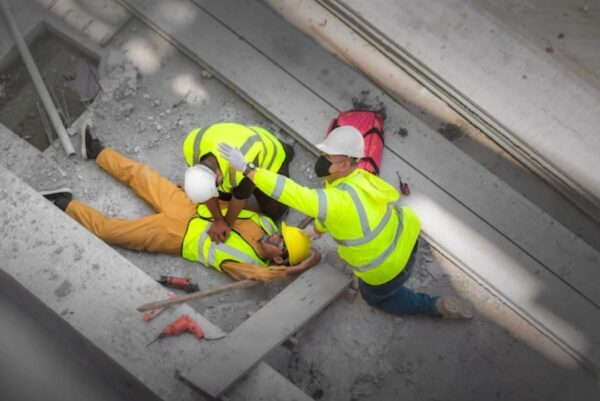The American Heart Association stresses that it’s important to receive CPR certification, especially for anyone who is a bystander. Most deaths from sudden cardiac arrest (SCA) happen outside the hospital. In fact, about 90% of the people who could have been saved annually die because no one knew CPR.
Why Getting the Training Is Important
While people can be saved and survive an SCA, the fact remains that people lack training in this area. That is why it is important for everyone to know CPR or cardiopulmonary resuscitation. If you know how to give CPR, you can use it on the job or even, perhaps, use it to save a loved one.
You can get the training online at a site, such as MyCPR NOW. The training takes minimal time and you can even use the certification to get employed. Teachers, lifeguards, coaches, office workers, and other employees and professionals can reduce liability and increase worker safety by learning CPR as well as AED and First Aid.
Even if you’re busy, you can go online and get CPR certified the same week you apply for the training. So, there is really no excuse not to take the course.
To learn how it can be used in the field or at work, it helps to know more about the reason CPR is given and why it is vital to understand.
How CPR is Used and Why It Is Critical to Know

Medical professionals support the use of CPR to save the life of a person who experiences sudden cardiac arrest (SCA). SCA happens when the heart stops beating due to an arrhythmia or similar disturbance with the organ’s electrical system.
When this happens, the patient collapses, loses consciousness, and is unable to receive the oxygen-rich blood needed to sustain life. Therefore, you can’t waste any time in treating the patient. It must be started immediately. To perform CPR, you must give chest compressions in quick succession at about 100 to 120 beats per minute.
Also, your CPR training may include certification for using an automated external defibrillator (AED). This device, which is usually available in public places such as gyms, hotels, and terminals, is used to detect the state of the heart and reinstate the rhythm.
While CPR is used to keep the blood flow going, the AED is designed to restore the pumping of the heart.
The Difference Between an SCA and Heart Attack

An SCA is not the same as a heart attack. While a heart attack happens when a circulatory blockage occurs in a part of the heart, it is not an SCA. However, the blockage can trigger cardiac arrest, so that is how the two terms can get confusing. An SCA cannot trigger a heart attack but a heart attack can lead to an SCA.
SCA Warning Signs
Before an SCA happens, the patient may feel excessively tired, have shortness of breath, experience heart palpitations, or have chest pains. At other times, they may collapse unconscious and stop breathing with no warning signs.
SCAs Represent a Leading Cause of Death in the US
An SCA can happen to anyone, regardless of their age. Infants, children, and adults, according to statistics, all experience SCA annually. Moreover, more people succumb to SCAs than they do to the total number of events that result from cancer, firearms, the flu virus, and auto accidents.
Therefore, bystander CPR for use on the job can make a major difference between life and death. That is why you cannot afford not to receive the training.
Examples of How CPR Is Used on the Job and Out in the Field

Below are some examples of how you can use CPR on the job and out in the field.
1. Using CPR as a Lifeguard
If you’re responsible for saving a drowning victim’s life, you will also need to know how to administer CPR and first aid. You can go online and get the training in a short time and add this credential to your resume. You can also use it off the job, as knowing CPR is helpful to have, as noted, anytime and in just about anyplace. Having CPR Training Calgary as a lifeguard provides the crucial knowledge and skills necessary to respond quickly and effectively in emergency situations, potentially saving lives. It enables lifeguards to confidently administer CPR and other life-saving techniques, ensuring the safety and well-being of swimmers and beachgoers.
2. Applying CPR as Daycare Worker or Preschool Teacher
Using CPR is not confined to health care workers. Daycare workers and preschool teachers can also use CPR to resuscitate children who experience SCA. Some children may have a heart condition that has not been diagnosed or may experience a seizure that causes their heart to stop. Choking, drowning, or falling can lead to an SCA.
3. Knowing CPR in the Construction Field

According to the National Safety Council (NSC), the construction industry has the most workplace deaths annually. Some of these deaths are attributed to SCA. Therefore, it does not matter what you do in the construction field, knowing CPR and First Aid is useful and needed. Whether you work as an engineer, a project manager, or an electrician, knowing CPR and First Aid are both important for worker health and safety.
4. Using CPR as a Coach
Unexpected events can happen during gameplay. Whether you’re coaching a football team or managing a baseball or basketball team, you need to know CPR. Some players have had an undiagnosed heart condition that led to SCA while others have been injured and needed resuscitation. To ensure your team’s continued safety, you should know CPR as well as First Aid.
5. Knowing CPR as an Airline Attendant
You can increase your chances of getting hired as an airline attendant by knowing CPR. If someone experiences SCA on a flight and there is no doctor on board, your understanding of CPR can make a big difference. Even if you work as a ramp agent or behind a ticket counter, knowing how to administer CPR is like adding the proverbial feather to your cap.
A Worthwhile and Valuable Skill
As you can see, it is a worthwhile skill to master. Deaths from SCA often happen because bystanders do not know how to administer chest compressions or operate an AED. Take time today and take a course and get certified. It will be well worth your time. Who knows? You could even end up saving a loved one’s life. Regardless of where it is used, CPR is a valuable skill to have.




